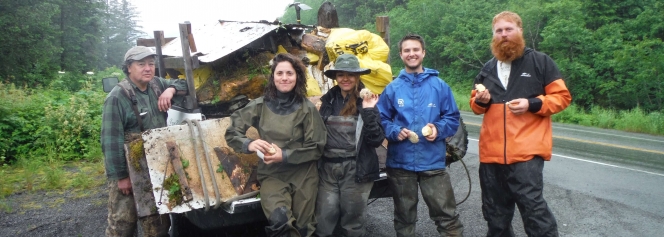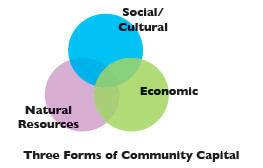
The Copper River Watershed Project’s Mission
The Copper River Watershed Project promotes a salmon-rich, intact watershed and culturally diverse communities by forming partnerships for watershed-scale planning and projects.
CRWP Approach
Sustainable development gives a name to what people stated they wanted at the 1994 – 1995 Cordova workshops and at other meetings since then: economic diversification, with benefits for watershed residents, but not at the expense of their quality of life.
 By definition, “sustainable development” goes beyond straight cash economies by taking into account the links between economy, environment, and society (Hart, 1995). We subscribe to the belief that “Wealth is not just monetary worth but the different types of capital that, taken together, make up the real riches of a region” (Sierra Nevada Wealth Index, 1996).
By definition, “sustainable development” goes beyond straight cash economies by taking into account the links between economy, environment, and society (Hart, 1995). We subscribe to the belief that “Wealth is not just monetary worth but the different types of capital that, taken together, make up the real riches of a region” (Sierra Nevada Wealth Index, 1996).
For more information on these three forms of community capital as they pertain to the Copper River region, see the full Indicators of the Copper River Watershed: What Makes Us Special? report compiled in 2005.
By dealing with these overlapping issues on a watershed scale, we hope to provide a holistic approach that takes into account the needs of those who live and do business in the Copper River watershed as well as the long-term prosperity of the area and its ecosystems.
What do you value about your town and living in the Copper River Region?
The Copper River Watershed Project was born of deep concern for the region’s resources and the economies dependent on those resources. We strive to support the community values of Copper River watershed residents in our efforts to foster sustainable economic development.
In their own words*, residents from McCarthy, Chitina, Kenny Lake, Chistochina, Copper Center, Gakona, Glennallen and Cordova state what they value about living in the Copper River watershed:
- Backyard wilderness for: open, wild spaces; scenic beauty; recreation, wildlife watching, and subsistence gathering; mountain cathedrals.
- Thriving fish and game populations for commercial, subsistence and sport harvest/use.
- Self-governance
- Minimal regulation, no taxes
- Freedom of Opportunity
- Safety: safe streets, safe schools.
- Cultural and spiritual ties to birthplace.
- Small town feeling: in a wilderness setting; with diverse, talented residents; knowing your neighbors and local business owners; with support from friends and family.
- Isolation/limited access
- lack of extreme development.
*Responses are summarized from meetings in Cordova, 1997; McCarthy, Chitina and Chistochina, 1998; and a Copper Basin community meeting in 2000.



